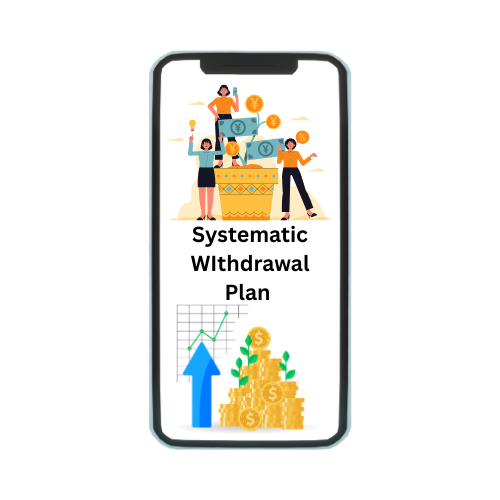The hardest part of saving money is often just getting started. We’ll discover some money-saving methods and establish a basic, practical approach so you can save for all of your short- and long-term savings objectives in this blog.
TIP 1: Keep track of your expenses.
To begin saving money, you must first determine how much you spend. Keep track of all your costs and write them down or record them somewhere so you can analyse and fix them later.
TIP 2:Budget for savings
You may start organising your costs into a manageable budget. To manage your spending and avoid overspending, your budget should show how your costs compare to your income.
TIP 3:Prioritise saving for retirement
It is preferable to begin saving with your first income and continue until you are ready to retire. You wouldn’t touch that money till you were retired. Even if you can’t save 15% of your pre-tax salary for retirement, as Fidelity and other financial services organisations recommend, anything you save can help you have a more secure future.
TIP 4: Pick the right tools
It’s critical to analyse all of your alternatives and decide which tools to use in order to choose the ideal tools and combination that will help you save the most money for your goals.
TIP 5 :Insure against catastrophic expenses
Use insurance to protect yourself against catastrophic spending.Also Make sure to have an emergency fund equal to three to six months of expenses, but it can take years to save that much.
TIP 6 : Spend Wisely
It’s difficult to talk about saving without invoking the word spending. It’s natural to want things, but staying on track with your savings strategy requires planning to spend wisely as well. While spending within your means may appear straightforward, many people spend more than they save, resulting in debt. The good news is that it is preventable and, with time, reversible. You can live comfortably within your means and save while constructing the life you desire with a little planning, tracking, and modifying your expenditures.






